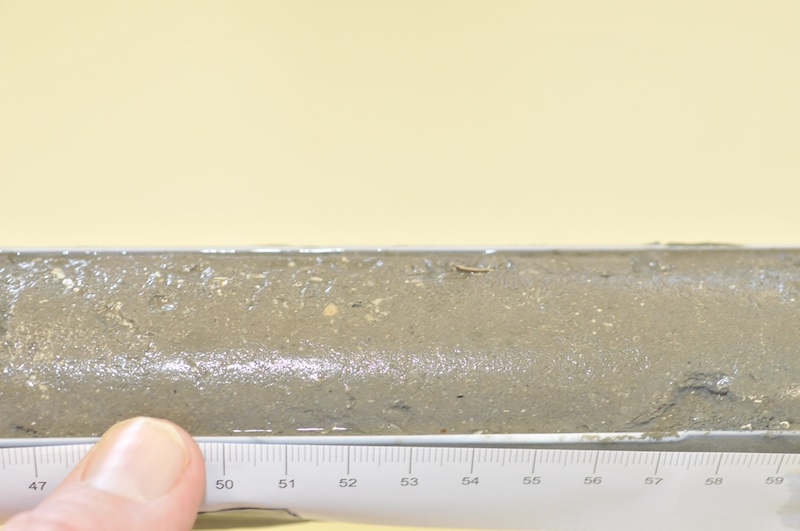Keyword
Earth Science | Climate Indicators
1 record(s)
Type of resources
Topics
Keywords
Contact for the resource
Provided by
Formats
Update frequencies
Status
draft
-

The remote Kimberley coast of north-western Australia is one of the few marine environments domains on earth largely unaffected by human use. However, the region is undergoing increasing economic importance as a destination for tourism and significant coastal developments associated with oil and gas exploration. The objective of the project was to reconstruct a timeline of inferred water quality changes from the sediment record for a selected set of sites in the Kimberley, Western Australia. The project made use of palaeoecological approaches to reconstruct a chronology of change over the last approximately 100 years using a series of biogeochemical proxies for phytoplankton composition and biomass, temperature and terrestrial influences. Where possible these were matched to historical land/water use, meteorological or hydrological observational records. The project examined sediment cores from three coastal locations, Koolama Bay (King George River), Cygnet Bay and Roebuck Bay. Each sampling location provided a contrast with which to evaluate changes over either a spatial or temporal gradient of human or natural influence. Sediment cores (up to 1.5 m) were obtained from each of these locations in the expectation that they would provide a time series for about the last 100 years. A set of parameters was measured along the core length (every 1-2 cm) for some or all cores depending on the particular focus for the location: 210Pb and 137Cs; 15N isotope; 13C isotope; Carbon/Nitrogen ratio; Sedimentation rate and grain size; Total Organic Carbon (TOC) and Total Nitrogen (TN); Biosilicate; Biomarkers; TEX86; long chain n-alkanes (C27+C29+C31); Elemental carbon (or black carbon). Rainfall data was obtained from the Australian Bureau of Meteorology website (www.bom.gov.au). Stream flow data was obtained from the Western Australian Department of Water website (www.water.wa.gov.au). Historical bushfire data was obtained from the Western Australian Department of Parks and Wildlife. The metadata record only relates to data generated as part of the sediment analysis.
